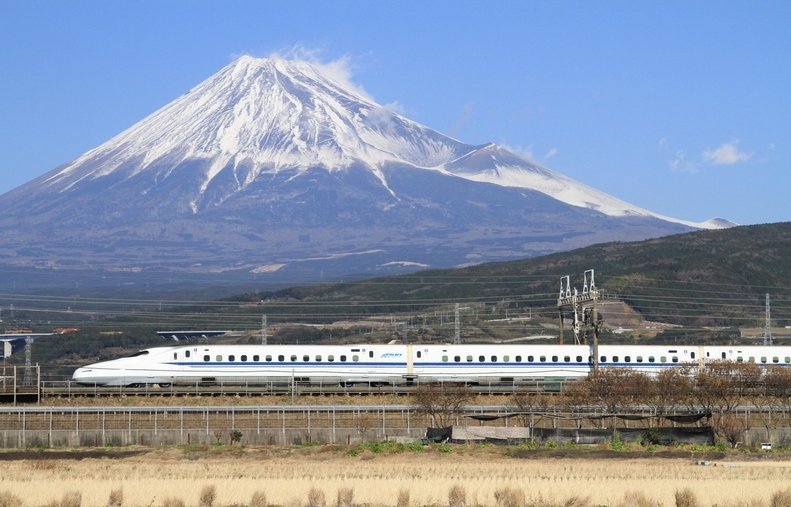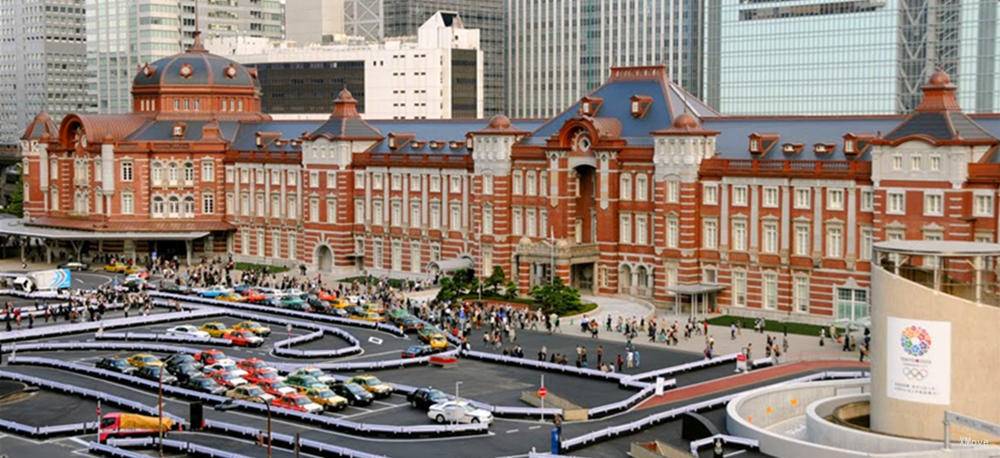Tokyo
Tokyo Station is located in Nagata, Marunouchi, Chiyoda-ku, Tokyo, Japan. It is the railway station of the East Japan Railway (JR East Japan), the Tokai Railway (JR Tokai), and the Tokyo Metro. Opened in 1914, it is not only the end station of many railway lines in Japan, but also one of the major transportation hubs in Tokyo.
Features
* Tokyo Station is known as the "Table Entrance" of Tokyo. It has the status of the Central Station of the Capital. It is not only the most important train departure station of the National Shinkansen Line (except the Kyushu Shinkansen), but also the East China Sea. Japan, such as the Main Line, the Central Line, and the Tohoku Main Line, are mainly at the starting point of the main line (traditional railway). You can transfer to the 32 prefectures and counties, and send about 3,000 shuttles on the 1st. It is the most representative in Japan. One of the railway terminals.
* The total area of the station area is equivalent to 3.6 Tokyo Dome. The number of platforms in the station is the first in Japan. It is included in the 9th line of the 9th line (5 lines on the ground, 10 lines on the ground, 8 lines on the ground), and 5 on the Shinkansen. Line, and subway 2, 2 lines.
* Currently, there are three entrances and exits such as Marunouchi, Yaesu, and Nihonbashi. As the earliest used Marunouchi Station, it is an imitation Western-style brick building designed by the Meiji era architect Chen Ye Jinwu.
* The back of the revised ten thousand yen banknotes scheduled for release in 2024 will have the pattern of the Tokyo Station Marunouchi building. In addition to the general station facilities, there are a number of small station shops in the Tokyo Metro Station's elevated track and the first floor pay area under the moon area.
The Dila Tokyo Media Plaza (Dila Tokyo メディアコート), which was originally located on the first floor of the station, was also converted into a shopping mall with a total area of 1,700 square meters and including 31 stores, Tokyo Station City South Court.
There are two distinctive places in the Tokyo Station, such as “Silver Bell Waiting Place"” and “Moving Wheel Square"”. The former is located at the central underground passage near the entrance gate of the Yaesu underground central entrance, centered on a large silver bell. The original bell was hung in the central hall of Yaesu and moved to its current location after 1994. The latter is located on the north side of the ticket gate of the underground north of Marunouchi. Next to the west entrance of the North Freedom Passage, there is a large wall with three C62-15 steam locomotives (used in the past in the Tokaido line).
Tokyo - Station Guide | Departures and Arrivals | Popular Routes







